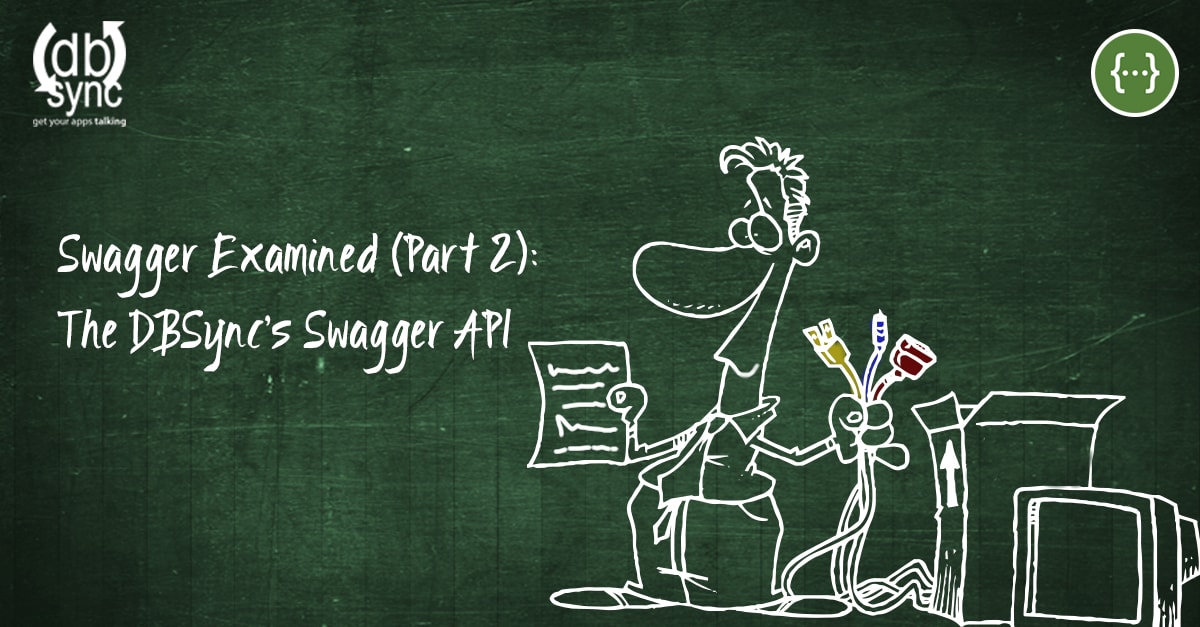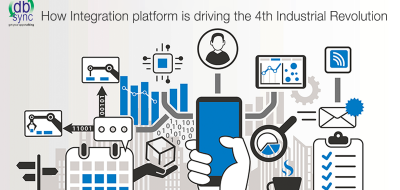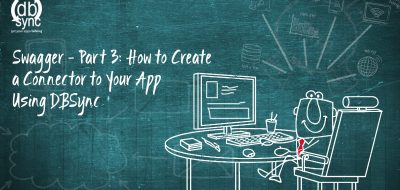— If you haven’t already read Part 1 of this article, I strongly recommend you to do it first. —
Have you ever run into difficulty when connecting RESTful services? You are not alone. Many junior developers, as well as seasoned professionals have struggled with this problem. The great news is that the unique challenges posed by these developments, can be lessened with the use of Swagger.
This article continues the previous one with a deeper description of this open source framework, which is a must choice for serious API (Application Programming Interface) developers. Then, it moves on to explaining the basic reasons why you should use it, and how it is employed by DBSync to help you create connectors to apps of your choice, in an easy-to-follow manner. At the end, it includes a link to the next article of this series that explains you how to create customized connectors for your apps.
What is Swagger
Swagger is an open source framework consisting of standards and tools, which help you to design, build, document and consume RESTful web services.
Started as a project by Tony Tam in 2011, it grew in size and importance. At present it is sponsored by SmartBear Software, and it has been eagerly accepted by the market.
Why use Swagger
Reason 1: Add value to your products by creating an ecosystem based on common knowledge
Swagger consists of a set of rules and tools for describing APIs. Its rules standardize practices in areas such as parameter definition, path, responses and more. These tools are language agnostic, meaning that you can choose the programming language you prefer.
Having a common way helps create a system that can be easily connected to others, and that can be updated and modified without difficulty by many developers.
An example is Netflix, which is based on a microservice architecture that provided an innovative and efficient way of delivering a service at scale and in real time. As a result, the company rose to become a market leader.
Reason 2: Gain efficiency through better communication
We all know how difficult it is to translate a business idea into a programming success. One of the main challenges is communication: business, analysts, product managers and users find it difficult to understand the techies’ language.
Swagger is great in this regard, as one of its characteristics is that it is easily comprehensible for developers and non-developers alike, creating a great communication channel.
Thus, for example, product managers, analysts and even users can easily give input about the design, and developers can then translate these ideas into software.
This communication is possible not only during development, but also during testing and documentation, helping create a system that is complete, easy-to-understand and customer oriented.
Reason 3: Use a widely proven tool
Yelp is a company that handles reviews and bookings for businesses. When a company like Yelp, which deals with thousands of people making reviews relies on Swagger, you can be assured that the effectiveness of the framework has been properly proven.
With many important players – such as Netflix, Akana and Yelp – relying on Swagger for their API developments, you should have no doubt about using it.
In addition Swagger has the support of several big companies, such as Microsoft, IBM and Google, through the Open API Initiative.
Reason 4: Develop with an open source framework
By being open source, Swagger carries many of the benefits of crowd based development, such as cost savings, flexibility, and accountability.
Open source communities have a strong value sense, which results in responsible and efficient products. In addition, many volunteers test its usage, creating a safe option. Besides, you can also be a contributor and join the ranks with giants such as Microsoft and Google by supporting Swagger’s development.
Thus, whether you are a big player with a fat budget or not, you can always benefit by choosing Swagger.
How DBSync uses Swagger
DBSync Cloud uses the main advantages of Swagger to let you create the connector you need. The only thing that you actually need is a JSON file with all the information describing your app’s API.

Figure 1 – Creating a connector
Once you have your JSON file, DBSync helps you create a connector to your app that you can use to create data transfers to other apps, such as Salesforce, Quickbooks and many more. You can even create your customized connector to any two apps, and later on connect them both via DBSync. Once you have the two apps mapped to each other, your data transfer is straightforward.

Figure 2 – Integrating applications
Thus, you can design and build an integrated ecosystem that best fulfills the needs of your business. The possibilities are almost unlimited.
Conclusion
APIs are not new, and at present, they are increasingly used to integrate apps. Basically, when you create a Swagger compliant API, you are allowing others to make use of your app. This translates into more business opportunities, more customers and better profits. Swagger, is the right technology to achieve this.
In Part 3 of this article, we will learn how to create a connector to your app with DBSync, by using your API’s JSON.
Find this exciting? Go to our website and try any of our products for free. If you have any queries, contact us, and we will contact you as soon as possible.







